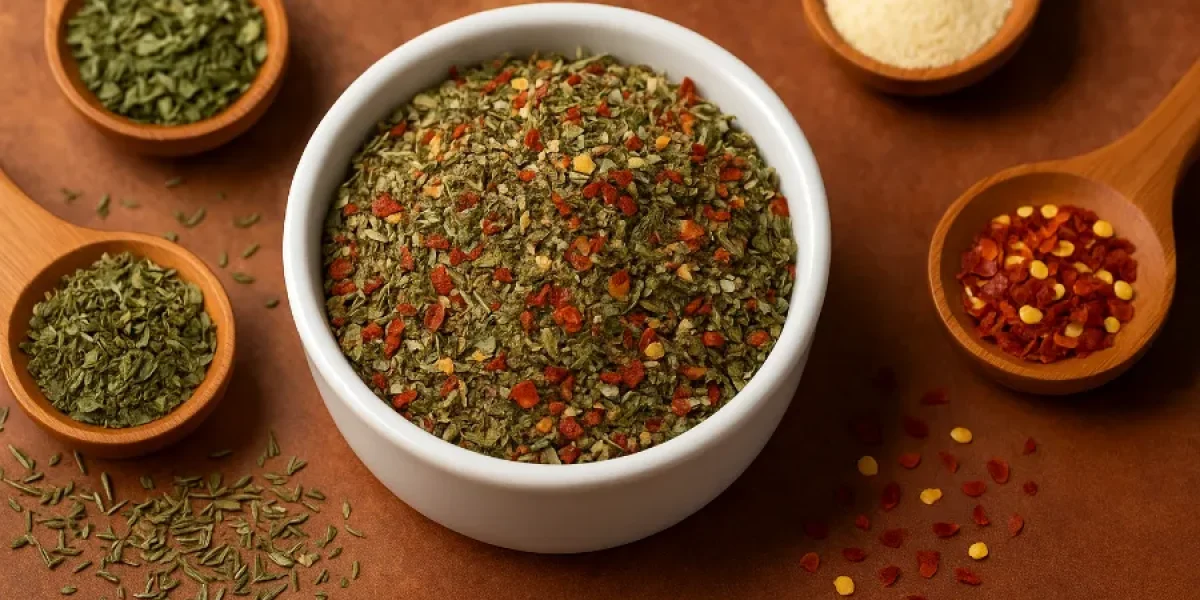There’s something comforting about the smell of pizza that mix of oregano, garlic, and toasted herbs that fills the kitchen before you even take the first bite. I’ve always believed that the heart of that aroma isn’t just the crust or the cheese; it’s the blend of spices behind it. That’s why I fell in love with creating my own pizza seasoning recipe for homemade snacks the same flavor magic of a fresh pie, bottled up and ready to sprinkle over popcorn, crackers, chips, roasted nuts, or even buttered bread. Once you make it, you’ll never go back to store-bought again.
Where Homemade Pizza Seasoning Comes From
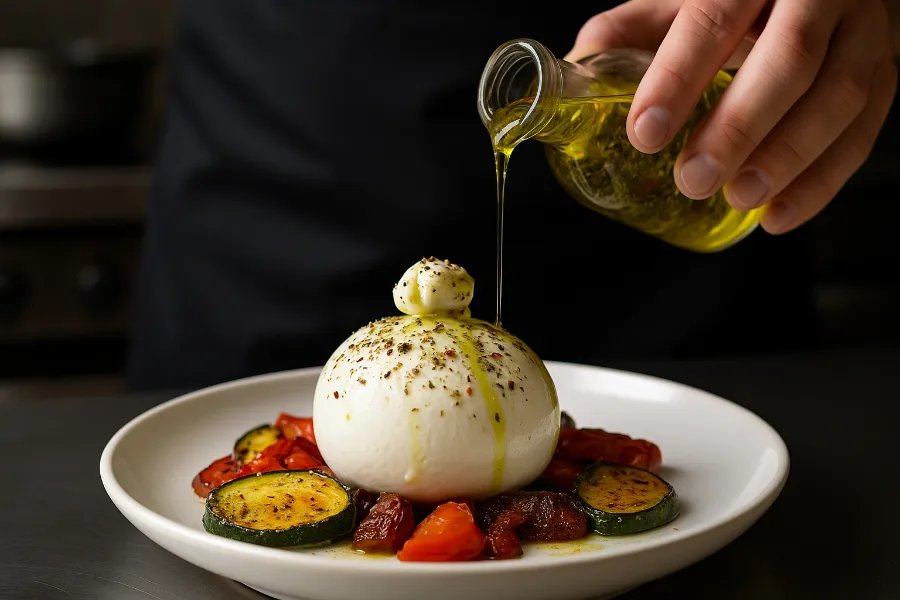
If you trace the story of pizza seasoning back to its roots, you’ll find yourself wandering through Italian kitchens filled with sunlight, fresh basil, and simmering tomato sauce. Before “pizza seasoning” was even a term, it was simply Italian seasoning a mixture of oregano, thyme, basil, and marjoram used in everyday cooking.
When Italian immigrants brought their recipes to America, those same herbs were blended with garlic powder, onion powder, and crushed red pepper to suit a bolder palate. The result? The very first homemade pizza seasoning a small-batch blend that gave rise to the flavors we now associate with pizzerias everywhere.
Making it at home captures that old-world warmth with none of the preservatives. It’s the kind of kitchen project that feels humble but pays off in flavor every single time you open the jar.
Italian Seasoning: The Foundation of Pizza Flavor
Most great pizza blends start with Italian seasoning the earthy, aromatic backbone of Mediterranean cooking. But here’s the trick: pizza seasoning goes a step further. It’s what happens when you take Italian herbs and add personality a little heat, a little garlic, a little something extra.
While Italian seasoning works beautifully in pasta sauces or soups, pizza seasoning is designed to wake up your taste buds. It’s concentrated, fragrant, and ready to give even plain breadsticks or roasted potatoes that nostalgic pizza-shop smell.
Ingredients for the Best Pizza Flavoring
There’s no need for complicated ratios or hard-to-find spices the beauty of pizza flavoring lies in the balance. Every ingredient has a purpose, and together they create that warm, herby aroma we all crave.
You’ll Need:
- 2 tablespoons dried oregano – the essential pizza herb, peppery and bold.
- 1 tablespoon dried basil – sweet and aromatic.
- 1 tablespoon dried thyme – adds a hint of earthiness.
- 1 tablespoon dried marjoram – balances the sharper notes.
- 1 tablespoon dried parsley – for color and freshness.
- 1 tablespoon garlic powder – for that classic pizzeria scent.
- 1 teaspoon onion powder – adds subtle depth.
- 1 teaspoon crushed red pepper flakes – optional, for spice lovers.
- 1 teaspoon black pepper – to round out the flavor.
- ½ teaspoon fine sea salt – brings everything together.
- ½ teaspoon crushed rosemary – gives that rustic, oven-baked vibe.
- Optional: ½ teaspoon fennel seeds and ¼ teaspoon smoked paprika for a gourmet, sausage-style twist.
How to Make Homemade Pizza Seasoning
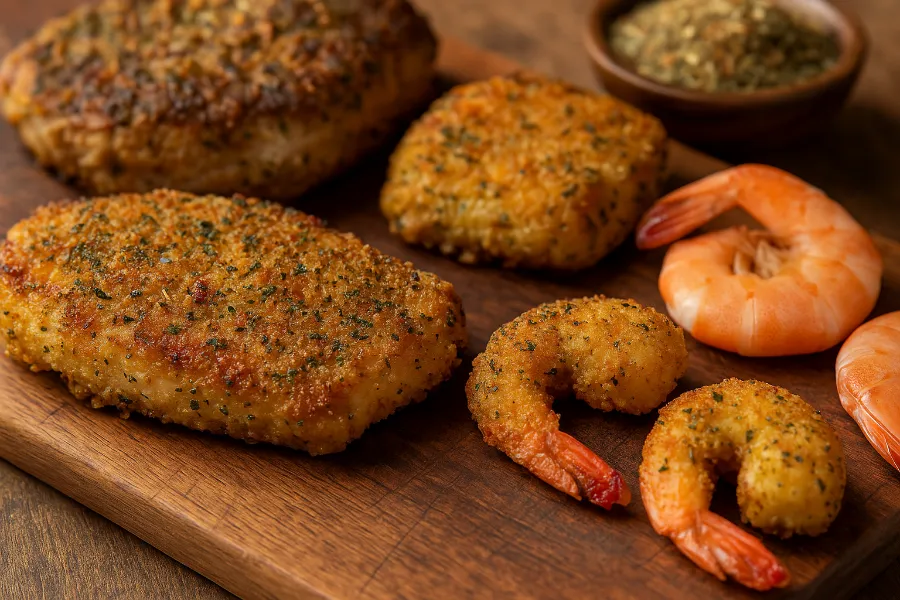
Making this blend feels like a small act of kitchen therapy. It takes only five minutes and leaves your hands smelling like an Italian bakery.
Step-by-Step:
- Gather and Prep the Herbs
Make sure your dried herbs are fresh and vibrant dull, herbs won’t give the same punch. Lightly crush the oregano and rosemary with a spoon or mortar to release their oils. - Mix the Ingredients
Combine everything in a small bowl and whisk gently until the colors and textures look even. - Taste and Adjust
Want more garlic? Add it. Prefer it milder? Reduce the pepper flakes. That’s the beauty of homemade seasoning — it’s yours. - Store it Right
Pour the blend into a clean, airtight glass jar. Label it with the date and stash it in a cool, dark cupboard. It’ll stay fresh for about six months. - Optional Step: Toast for Extra Depth
Toasting the blend for 30 seconds in a dry skillet before storing releases more essential oils. The result? A slightly smoky, wood-fired aroma that’s irresistible.
Seasoning for Pizza vs. Italian Seasoning
If you’re wondering whether seasoning for pizza is just fancy Italian seasoning, the answer is almost, but not quite. Italian seasoning is an all-purpose blend that’s lovely in sauces, soups, and roasted veggies. Pizza seasoning, on the other hand, is the louder, more dramatic sibling.
It has garlic, onion, and often a touch of heat from chili flakes. It’s crafted specifically to mimic the flavor of baked pizza, even when you’re not making one. That’s why it’s perfect for snack recipes it instantly makes popcorn, crackers, or fries taste like a slice of comfort.
Creative Ways to Use Pizza Seasoning Recipe for Homemade Snacks
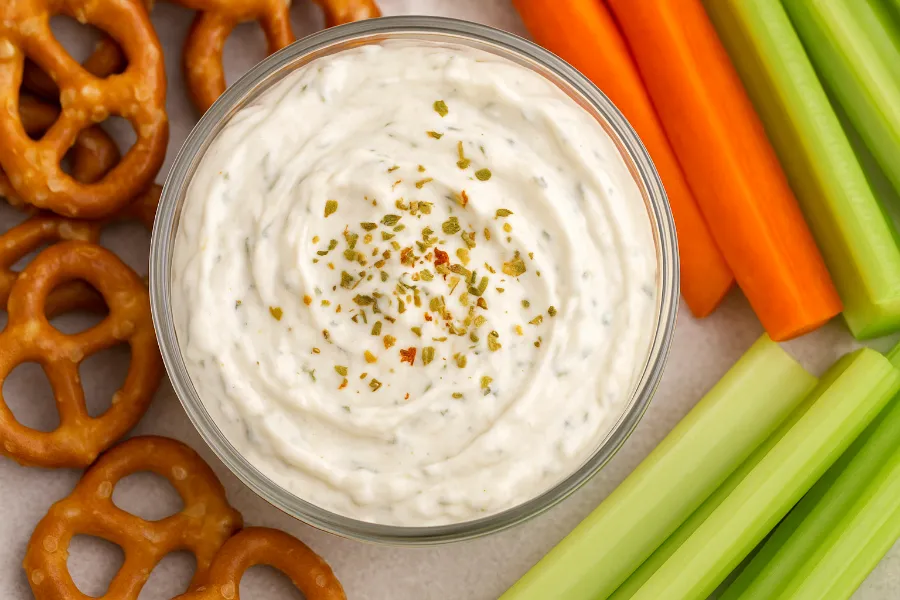
Once you have a jar of pizza seasoning recipe for homemade snacks, you’ll find yourself sprinkling it on everything. Here are my favorite ways to use it, from simple weeknight snacks to elevated dinner ideas.
1. Popcorn That Smells Like Pizza
Toss freshly popped popcorn with melted butter and a teaspoon of your seasoning. It’s light, aromatic, and addictive — perfect for movie nights.
2. Crackers and Breadsticks
Brush olive oil over plain crackers or breadsticks, sprinkle seasoning generously, and bake for a few minutes until fragrant. They taste like mini Margheritas in bite-sized form.
3. Roasted Nuts or Chickpeas
Toss your choice of nuts with olive oil and pizza seasoning, then roast at 300°F for 15–20 minutes. The result is a crunchy, savory snack that travels well and satisfies every craving.
4. Homemade Chips and Fries
Air-fried or baked potato chips come alive with this blend. Sprinkle it while they’re still warm so the seasoning sticks beautifully.
5. Compound Butter
Mix 2 teaspoons of the blend into softened butter. Use it on garlic bread, steaks, or baked potatoes for an herby, restaurant-style touch.
6. Upgraded Dips
Stir a little into sour cream or Greek yogurt for an instant pizza-flavored dip incredible with pretzels or veggie sticks.
Gourmet Uses: How Chefs Use Pizza Seasoning in Restaurants
Chefs love taking familiar flavors and reinventing them in unexpected ways and pizza seasoning has made its way into fine-dining kitchens too.
1. Pizza Oil for Drizzling
Professional kitchens often infuse olive oil with pizza seasoning for 48 hours, then strain it. The oil carries the aroma of baked herbs and is used as a drizzle over burrata, roasted veggies, or fresh bread.
2. Crusted Meats and Seafood
Combine pizza seasoning with breadcrumbs for a crust that gives chicken, pork chops, or even shrimp a subtle Italian kick.
3. Pizza Butter or Foam
Yes, really high-end chefs whip pizza seasoning into butter or foams for an elegant nod to comfort food.
4. Finishing Dust for Bar Snacks
Ground extra fine, the blend becomes a “pizza dust” that clings to fries, popcorn, and wings. It’s a trick used by modern gastropubs to bring nostalgia to gourmet plates.
Why Homemade Pizza Seasoning Beats Store-Bought
Store-bought blends can’t compete with the aroma or flexibility of homemade. When you make your own, you skip the fillers and artificial flavor enhancers. You control the salt, the spice level, and even the freshness.
Plus, your kitchen smells incredible for hours afterward. And once you start using your homemade pizza seasoning in everything from eggs to salad dressings, you’ll realize it’s the secret ingredient you’ve been missing all along.
Storage Tips for Long-Lasting Flavor
To keep your pizza flavoring bold and fresh:
- Store in an airtight jar or spice shaker.
- Keep away from sunlight and humidity.
- Avoid sprinkling directly over steam — use a spoon instead.
- Replace the batch every 4–6 months.
If you make large quantities, you can vacuum-seal portions or refrigerate them for extended freshness.
Health Benefits Hidden in Your Spice Jar
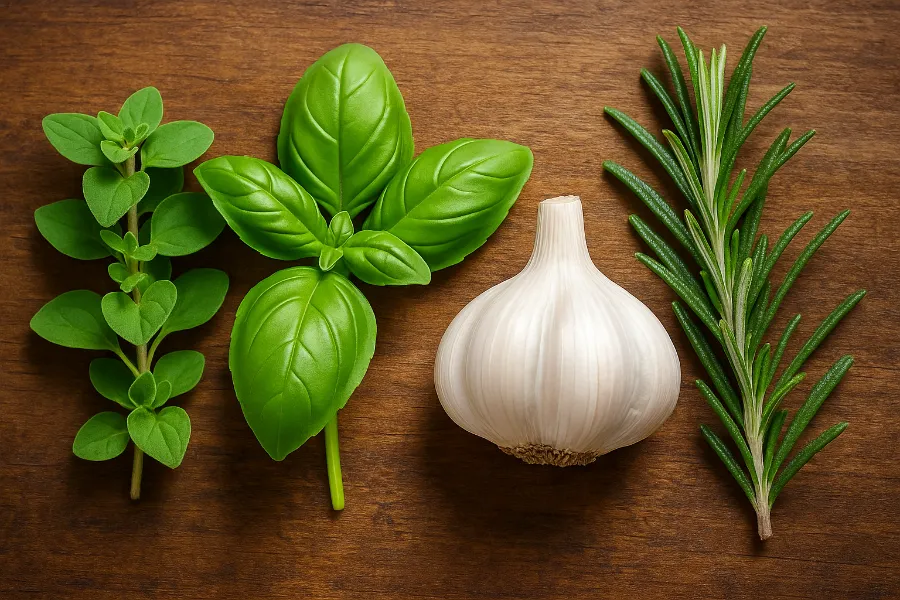
You might not think of seasoning for pizza as healthy, but many of its ingredients are nutritional powerhouses.
- Oregano fights bacteria and acts as an antioxidant.
- Basil supports heart health and reduces inflammation.
- Garlic strengthens the immune system and improves circulation.
- Rosemary boosts focus and digestion.
So the next time you dust your popcorn or fries with pizza seasoning, you can feel good knowing your snack comes with a side of wellness.
Final Thoughts
Making your own pizza seasoning recipe for homemade snacks is one of those small kitchen rituals that completely transforms the way you cook. It’s simple, budget-friendly, and endlessly versatile — one shake turns anything into comfort food.
From casual popcorn nights to elegant dinner parties, this blend bridges both worlds: homestyle warmth and restaurant-grade flavor. Whether you call it homemade pizza seasoning, Italian seasoning, pizza flavoring, or simply your favorite seasoning for pizza, the result is the same — a jar of pure, aromatic joy that never fails to make your food taste like home.
Faqs
Pizza seasoning combines oregano, basil, garlic powder, thyme, and red pepper flakes. These herbs create the signature Italian flavor that enhances any snack or dish.
Mix equal parts oregano, basil, thyme, and marjoram with garlic and onion powder. Add red pepper flakes for heat and store in an airtight jar for up to six months.
You can, but Italian seasoning is milder and lacks garlic or chili. Pizza seasoning adds more depth, spice, and that classic “pizzeria” aroma.
Popcorn, chips, roasted nuts, and crackers are fantastic options. You can also stir it into butter or olive oil for dipping and drizzling.
Yes! The herbs used — like oregano, basil, and rosemary — are rich in antioxidants and anti-inflammatory compounds that support overall health.
Absolutely. Simply omit the salt or replace it with a pinch of low-sodium alternative. The herbs provide plenty of natural flavor on their own.
Chefs infuse it into olive oil, mix it into breadcrumbs, or use it as a finishing dust for gourmet fries, wings, or pasta dishes. It’s comfort flavor with elegance.

